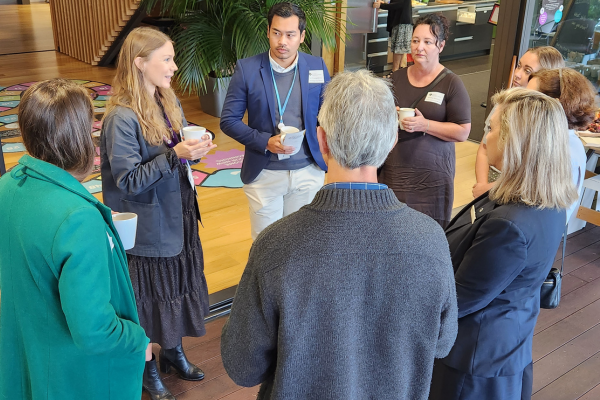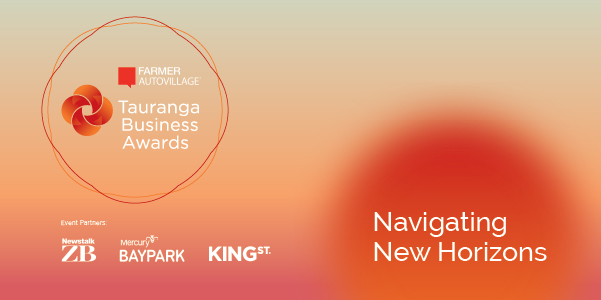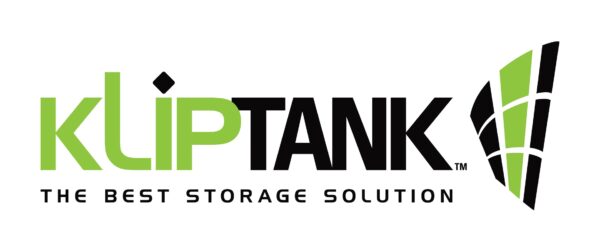As we approach the end of the year, we’re in a strange transition between our former Alert Levels into a new protection framework and, with that, mandatory vaccinations in particular workplaces.
We’re in limbo and it’s creating much uncertainty- and with uncertainty comes challenges for leaders who are trying to manage their teams and retain the company culture they have built. Whether you have 2 staff or 200, it’s important to look after your people.
Leadership mentor and coach Pip Loader shares with us her top three things leaders can do to ensure their engagement with their staff is meaningful.
A senior leader said to me last week ‘This year hasn’t gone to plan, it’s gone to the dogs instead’ and I imagine they are not alone in their thinking.
For what seems like a long time now, leaders have been facing uncertainty and constant change, and teams are almost at breaking point, often including the leader.
One of the roles of a leader is to lead through change and uncertainty, and a big part of this is achieved through meaningful engagement with your people. Part of meaningful engagement is having conversations that matter, no matter how hard, (and no matter if you know the answers or not – hello uncomfortable vulnerability…) AND helping people understand why something is happening, and what it means for them.
Here are three things you can do to ensure that engagement with your team is meaningful.
- Don’t assume, ASK instead.
Don’t assume you know what people are thinking, or what they want. Ask them instead.
When we make assumptions about what people need, or what they are thinking, we can waste a whole lot of time doing or saying things that nobody cares about.
When we make assumptions about things we think people want to know and then starting talking or communicating about it, people think ‘Why is he telling us this?’, ‘This isn’t even a priority for me’…or worse they will say ‘This is irrelevant – they are so out of touch with reality’.
Assumptions are lazy. Assumptions are avoidance. Assumptions are also a little bit arrogant (As humans, we make them all the time and the first step to fixing is to be aware when we are making them…)
Try ASKING PEOPLE instead.
Ask your team: what’s on their mind, what they want to know, what information they need, what they are worried about, thinking about, what’s taking up their head space right now, what do they need from you, what information are they missing, what’s really going on for them, etc.
Asking takes the guess work out and gives you clarity and certainty about what’s going on for your people.
Not sure how your staff are feeling about your new Covid Vaccination policy? Ask them.
Not sure how your staff are going to feel about working with unvaccinated people? Ask them.
In times of uncertainty, assumptions increase uncertainty. Asking decreases uncertainty and means you can communicate on the things that matters to them, making it more meaningful and relevant.
- Create space for conversations that matter
Once you know what your people want to know about, what’s on their mind, what’s keeping them up at night, you then need to make the time and create the environment that allows you to address what’s on their mind (this sometimes involves elephants in the room too).
Create opportunities for the team to come together for Q&A or ‘Ask me Anything’, or ‘Covid Chats – let’s go viral’ – whatever you want to call it – gather your people frequently and answer all their questions. Leave no stone unturned. Encourage your team to ask further questions at these session too – even if it’s ‘Asking for a friend’.
Remember also to be truthful in your response. Tell them what you do know, and don’t be afraid to say ‘I don’t have an answer’ (Also don’t be Jack Nicholson from A Few Good Men either… pretty sure your people CAN handle the truth)

The more uncertainty there is in the workplace, the more space and opportunity we as leaders need to create to have conversations to address the uncertainty. Global pandemic aside, we all have times in our organisations where there is uncertainty – be it a company merger, and restructure, a new CEO or GM arriving, a change in working environment, shifting buildings, the list goes on – and creating the space and environment for people to be able to speak openly, ask questions and get some clarity is more meaningful engagement.
- Show empathy for EVERYONE
And lastly, show empathy for everyone. Right now is almost the perfect time to build your empathy muscle, and if you’re sitting here thinking ‘I’m super empathic, my friends tell me I’m an empath’, now is a great time to put it to the test.
A lot has been written about empathy, and it is now considered the number one leadership skill that employees benefit the most from when it’s present in their leader. It’s about awareness of other people’s feelings and emotions, from their point of view – not yours, and it is at the heart of meaningful engagement.
I like to call it THEMpathy – it helps me to remember that it’s about them. Their perspective, their thoughts, their opinion, their reasons – not mine.
Empathy is also something that you have for everyone, not just the people you agree with or like. This is where most people come a bit unstuck. It sounds like this: “Yeah, I’m totally empathetic, just not for those people who are choosing to not vaccinate”. Spoiler, that is not how empathy works.
Empathy is for everyone, AND empathy is also not endorsement.
You can empathise with someone and still not hold the same views as them or agree with them. That’s ok.
Having and showing empathy is about staying out of judgement, being aware of our biases and putting them to one side and listening to try and better understand our people.
As leaders we need to be able to recognise and understand other people’s emotions at work, so it makes sense that we put some time and energy into building this skill.
So, three things that as a leader you can do during times of uncertainty and change:
- Make sure you are frequently ASKING them what they need to know, what’s on their mind and how you can help them.
- Create space for conversations to address and answer their questions, and provide more certainty and clarity on the topics that mean something to them.
- Show and build empathy amongst the team and try to better understand where each person is coming from.
Just because your plan has gone to the dogs, doesn’t mean your team has to too. If you would like some help with team engagement and connection, I can help and would love to chat.
Want more top tips, advice and insights? Check out our news section.
















































